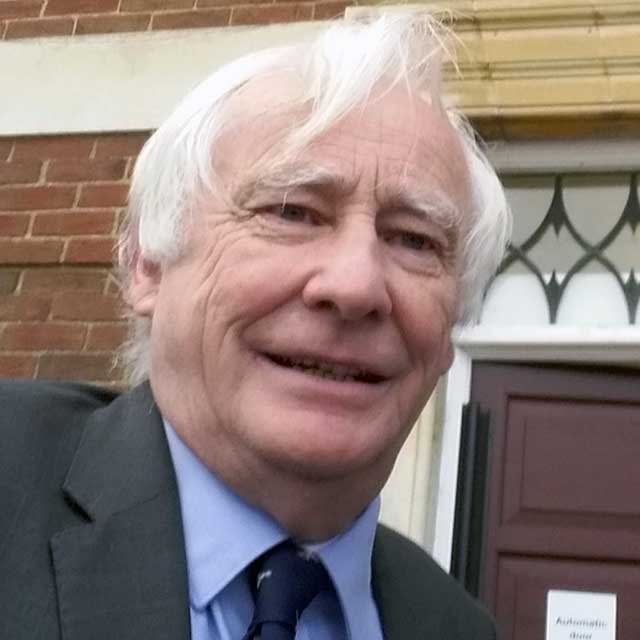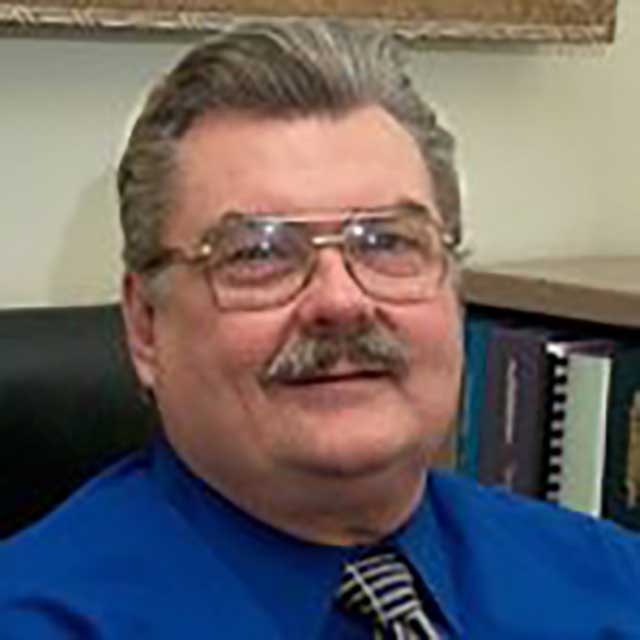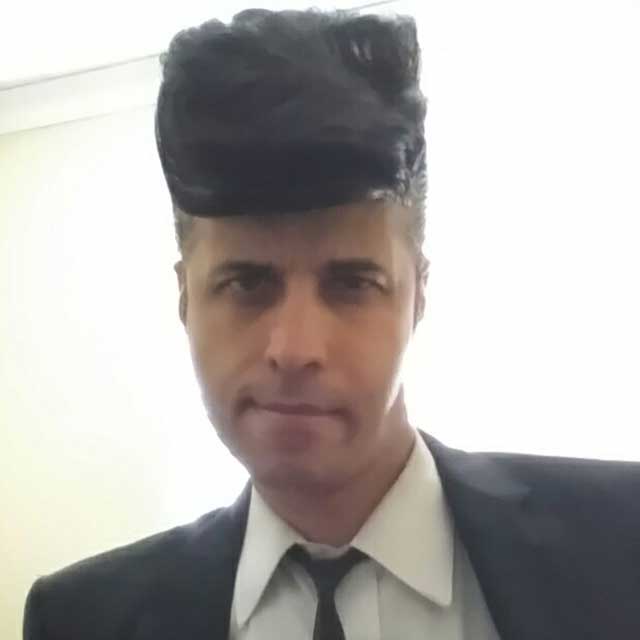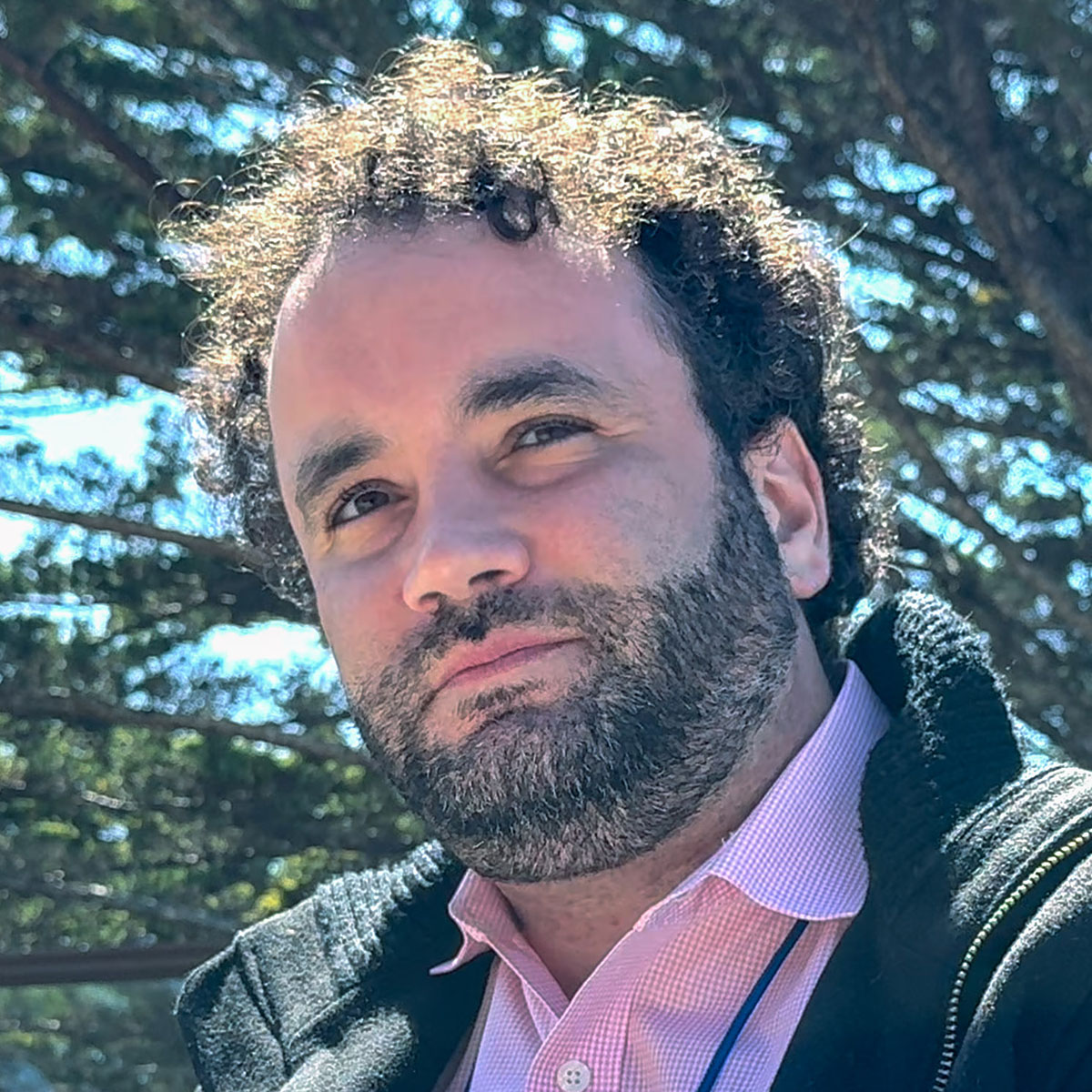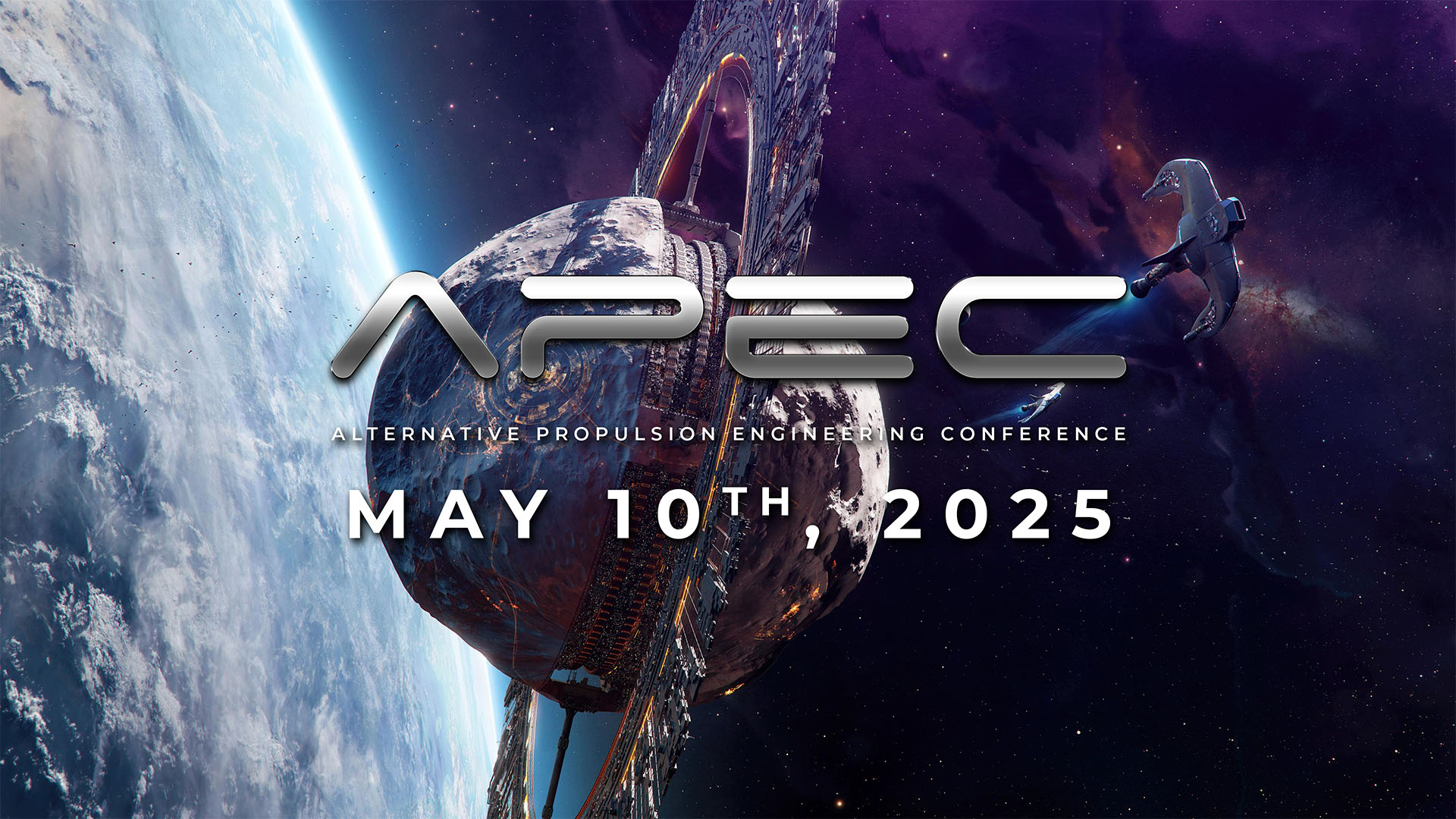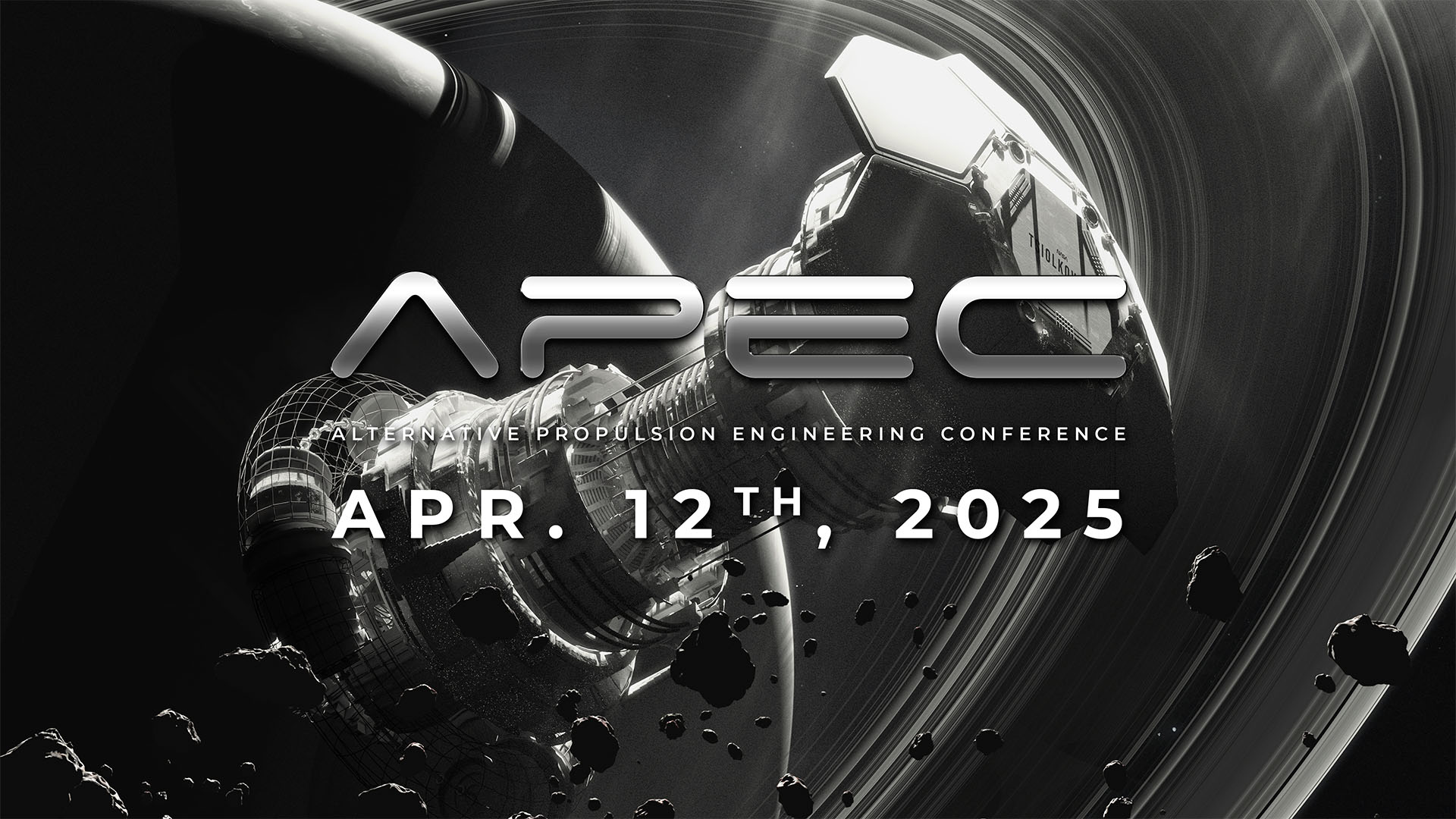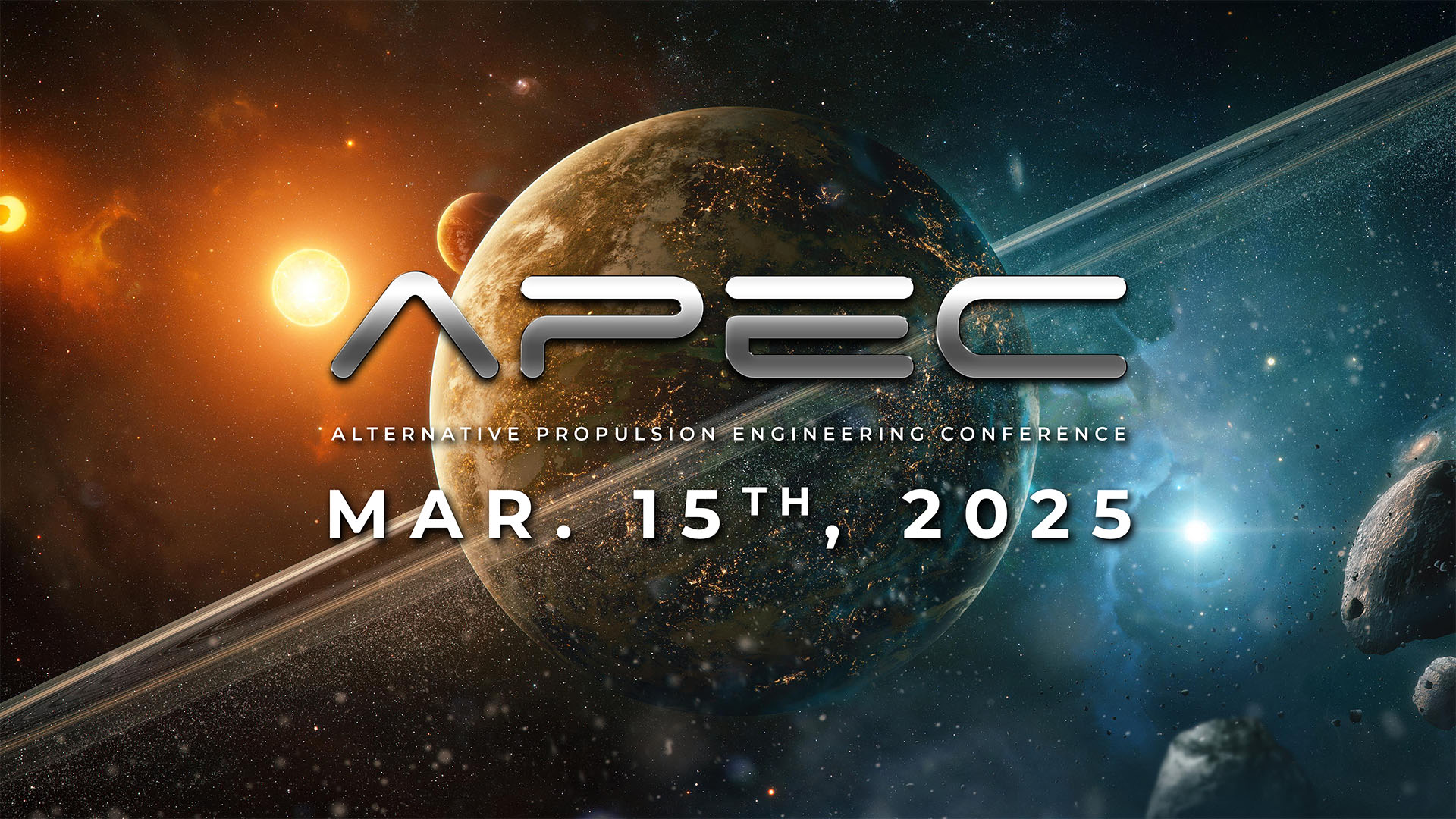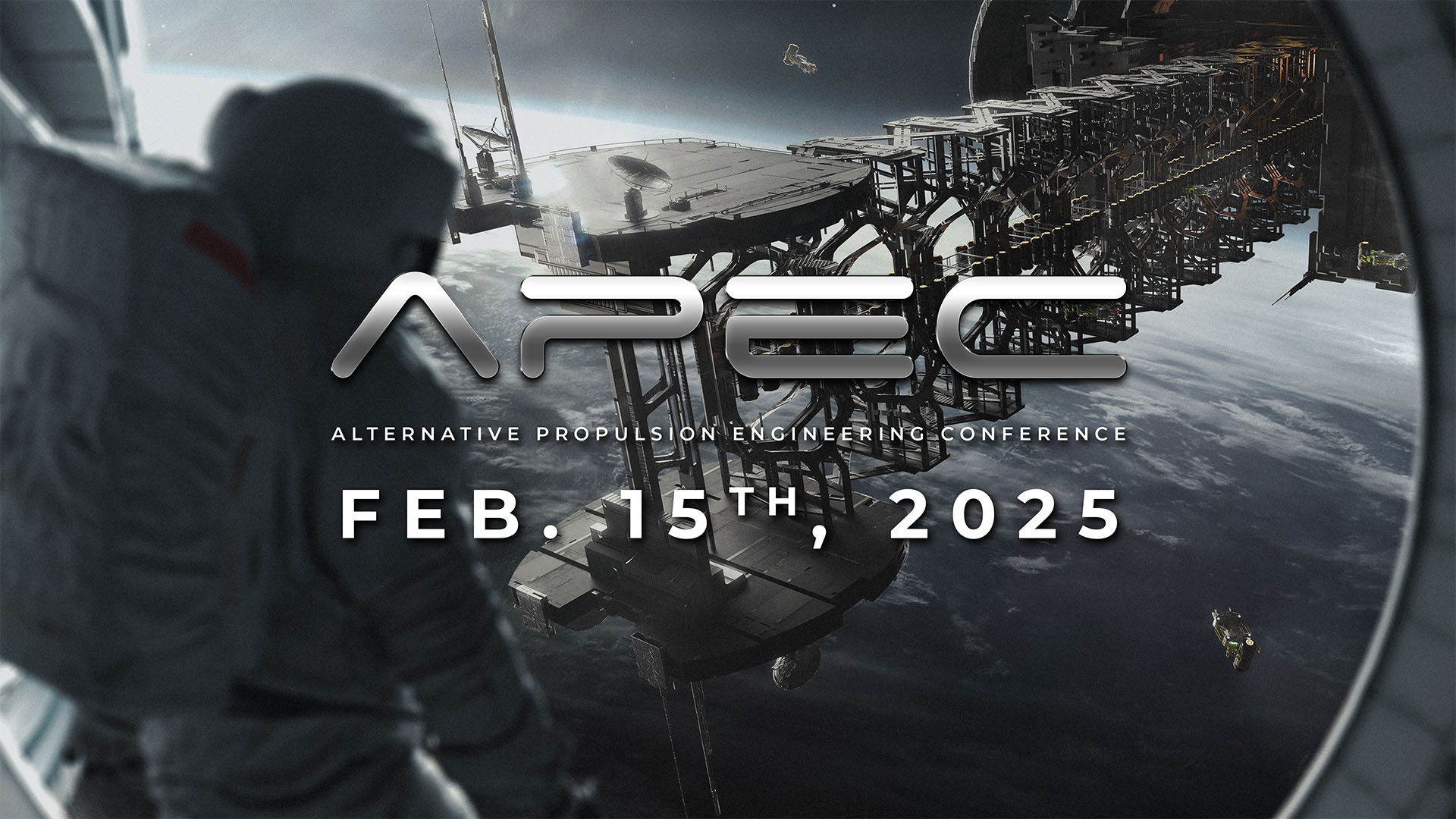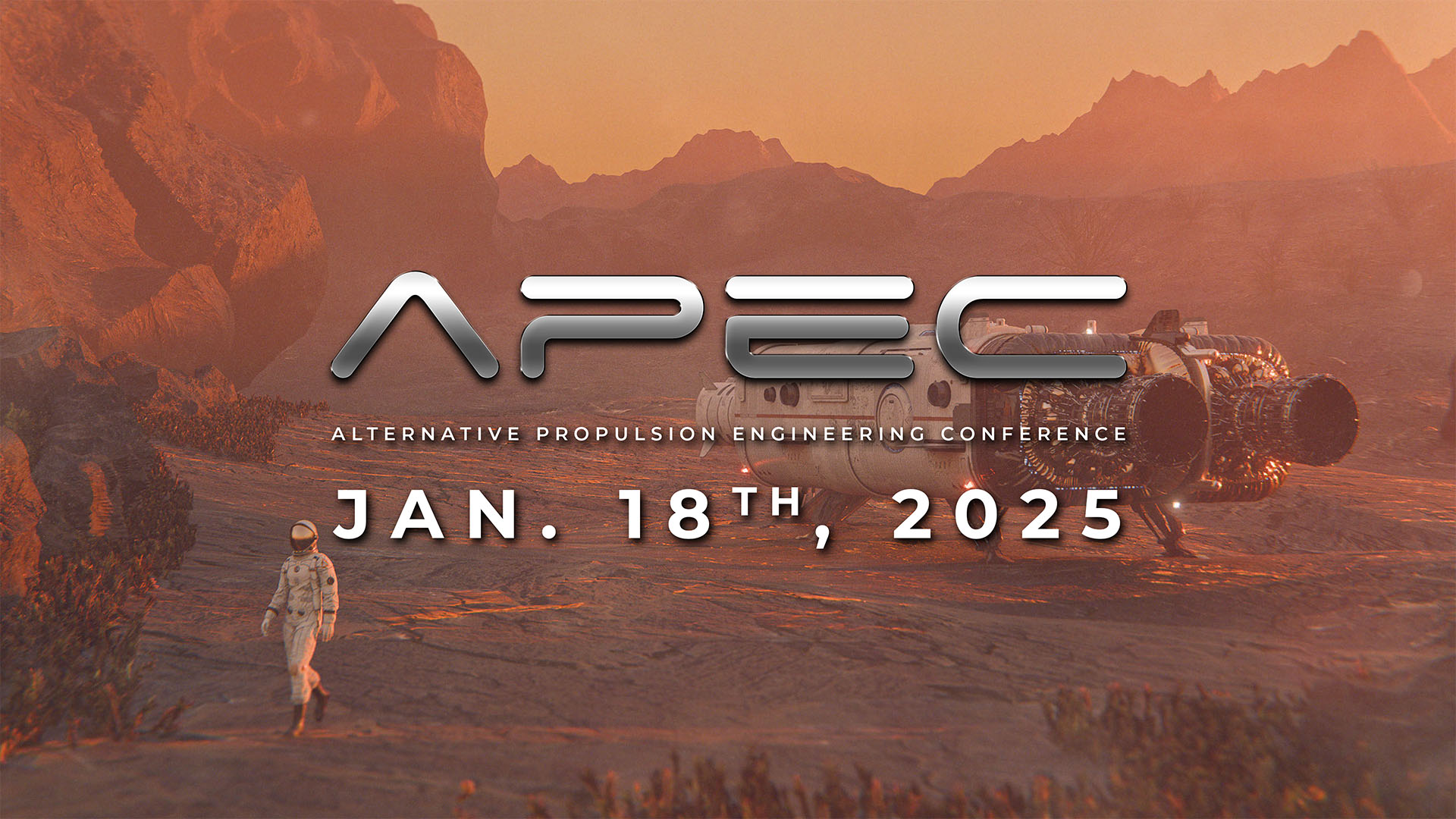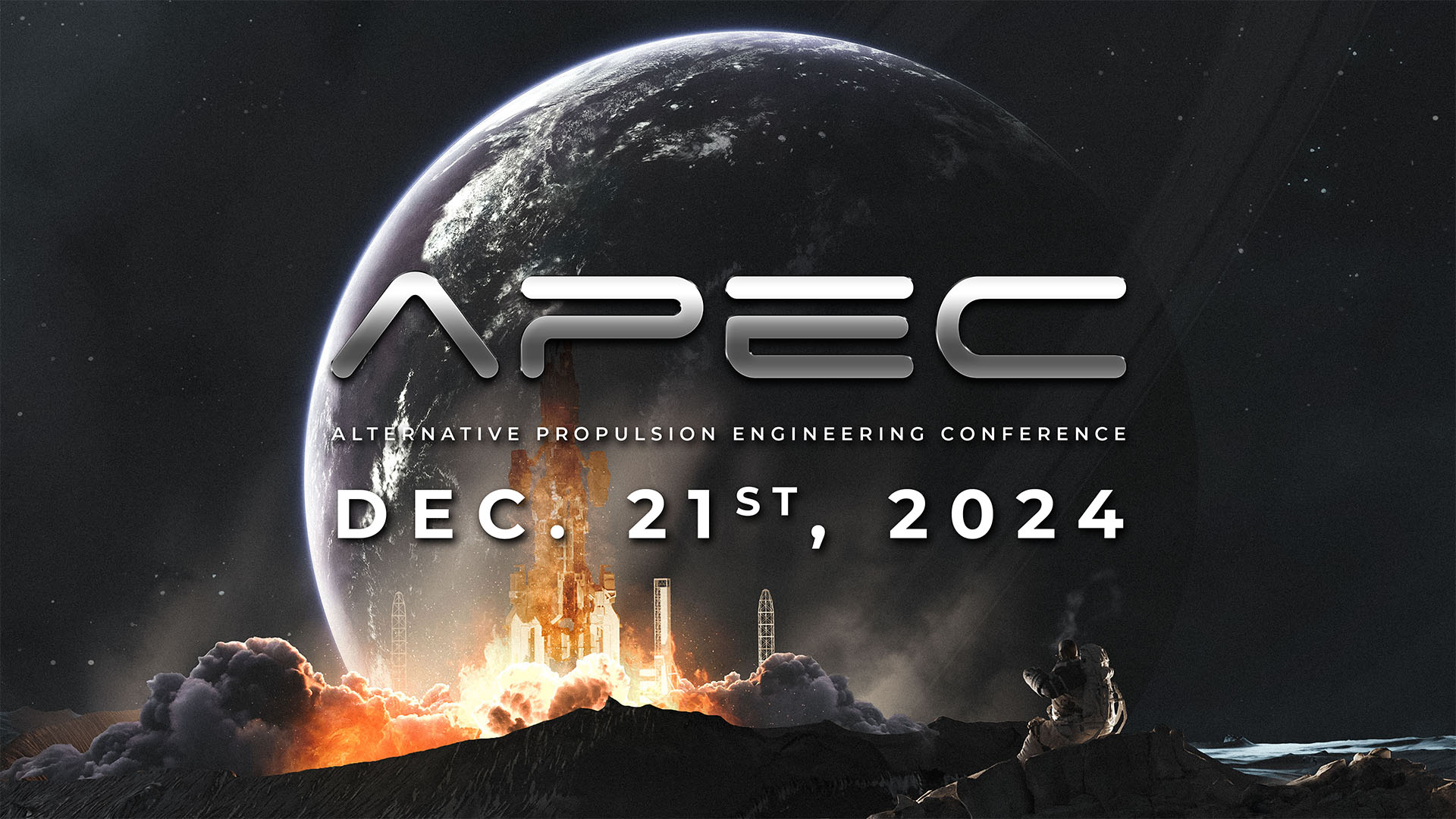APEC 4/3: Roger Shawyer’s EmDrive & The Information Universe
Conference Details
Roger Shawyer presents an in-depth review of the highly-publicized EmDrive propulsion technology, and Amar Vakil & John Clymer drill down on OpEMCSS and AUP and their work on a control system that enables R&D in topics concerning Quantum Gravity. We’ll also hear updates from Mark Sokol and the Falcon Space team, and we’ll be finishing off the event with an open discussion and ad hoc presentations by conference attendees!
Part #1 – Roger Shawyer – The EmDrive: Theory, Engineering & Applications
Roger Shawyer will present an in-depth review of the highly-publicized EmDrive propulsion technology. The EmDrive is purported to work by converting electricity into microwaves and channeling this electromagnetic radiation through a conical chamber. In principle, the microwaves can exert force against the walls of the chamber to produce enough thrust to propel a spacecraft once it’s in space. Shawyer’s website, SPR, Ltd., indicates that the company has successfully tested both an experimental thruster and a demonstrator engine which use patented microwave technology to convert electrical energy directly into thrust.
Part #2 – Roger Shawyer – The EmDrive – Q&A Session
Roger Shawyer answers questions relating to the method of operation and underlying physical principles for the EmDrive.
Part #3 – John Clymer – Exploring Combined Material & The Information Universe to Discover New Physics
John Clymer discusses computer modeling of the emergent physical properties in the Information Universe Theory proposed by Dr. John Archibal Wheeler. His presentation focuses on OpEMCSS and AUP software design of a control system that enables R&D in advanced physics topics, including Cartan differential geometry and quaternions to model gravitation, electromagnetism, and quantum field theories. The objective is: (1) understand the intelligent, adaptive agent concept applied to the Quadrupole experiment and (2) understand interactive concurrent process, systems science model to explain operation of Information Universe (IU). First, evidence and description of the Combined Information and Material Universe as a feedback control system are presented. Research papers found in the literature suggest that there exists an (IU) where a network of adaptive, intelligent agents communicate to create 3D+ space-time and globally regulate the Material Universe (MU). Second, a systems science model of global IU regulation is described as an example. Third, a description of our Quadrupole experiment that controls IU regulation of the Material Universe is presented. The Quadrupole experiment software described make use of evolutionary programming techniques for both a Neural Network (learn the feature map) and Classifier System (rule learning given features).
Part #4 – Amar Vakil – Modeling & Analysis Of The Information Universe
Amar M. Vakil will discuss his nearly 30 years of R&D in Autonomous Universal Predictor (AUP). Amar will demonstrate quantum artificial intelligence through sensing partial information treasured in quantum bit that is in superposition. The emphasis will be in high tech readiness level experiment circa 2006 at University of California Irvine, Functional Magnetic Resonance Imaging Department. Then, Amar will extend his AUP to the “Information Universe” involving R&D with his colleague Dr. John R. Clymer OpEMCSS for disturbing, controlling and regulating the “what” (not the “how”) in search of new useful physics including condensed materials.
Part #5 – Amar Vakil & John Clymer – Information Universe – Q&A Session
John Clymer and Amar Vakil answer questions relating to their work in computer modeling the Information Universe as first proposed by Dr. John Archibald Wheeler. Amar will cover peripheral topics of interest including precursor engineering using the information universe via AUP.
Part #6 – Falcon Space – Experimental Lab Updates
Mark Sokol provides an update on the Falcon Space projects, including their plans for 3D printing components for the Alzofon experimental replication and their construction of a laser-interferometer designed to measure time-space warping effects in future experiments.
Part #7 – Open Discussion – Advanced Propulsion Physics
Benjamin Thomas Solomon, Mark Sokol, Will Rieken, and others discuss emerging models of physics, UAPs, torsion, and experimental approaches to gravity modification and reactionless propulsion.
Links & Resources
Join the APEC Conference
Want to see more great conference events like this one? Sign up for our mailing list to get exclusive access to captivating presentations, engaging events, and more!
RECENT EVENTS
APEC 5/10: UAPs, Gravitational Propulsion & Heim Theory
March 24, 2025
APEC 3/15: Inertial Propulsion & UAP Sample Analysis Drilldown
February 24, 2025
APEC 2/15: ET Technosignatures, Discontinuum Physics & Torsion
January 25, 2025
APEC 12/21: Vacuum Propeller, Torsion Physics & CID Demo
November 4, 2024
